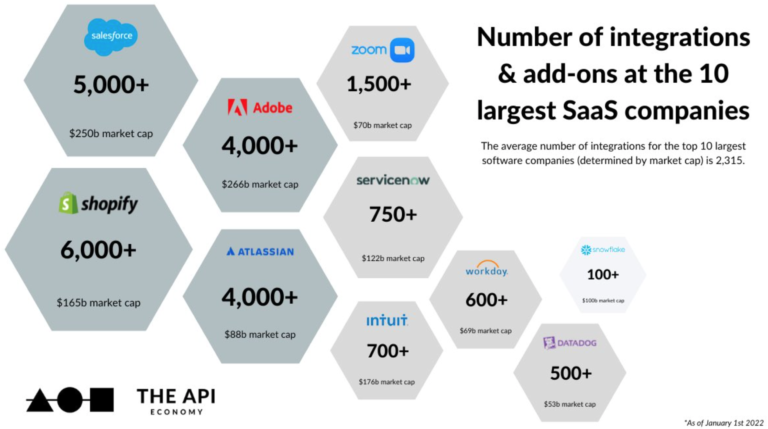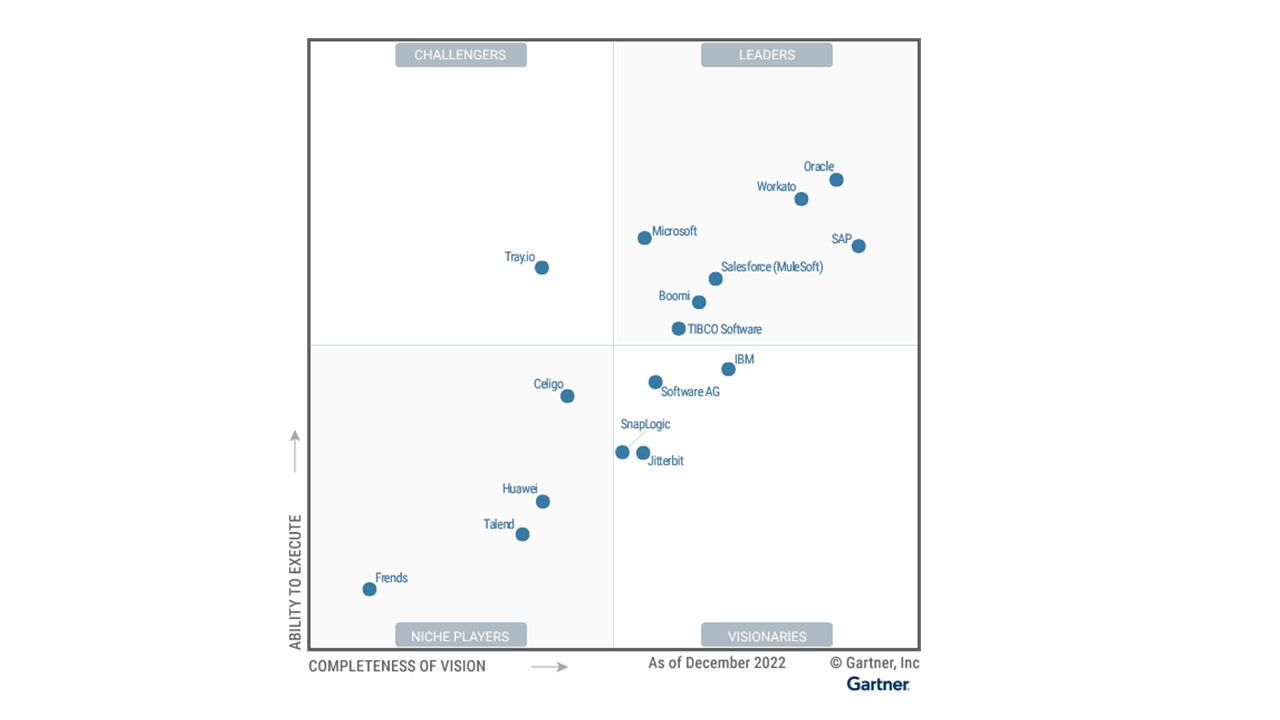Native integrations vs embedded iPaaS. How should you decide?

Gokul Anantha

Integrations are a competitive imperative for all SaaS companies.The average # of integrations/ add-ons/plug-ins in leading SaaS platforms top 2000+.

They are also a product imperative.
Integrations help quickly add missing functionality via a complimentary service or embed your service into an already existing ecosystem.
Deciding (if you should build) native integrations or use an iPaaS platform is not easy.
But, before we dive deeper, lets define what native integrations or iPaaS mean.
Native integrations are integrations that your employees (typically developers) implement and maintain internally.
iPaaS (or integration platform-as-a-service) are 3rd party SaaS products that have a library of these integrations built and allow SaaS products to scale their integration ecosystem using low-code workflows . Mostly via configurable workflows. Top iPaaS platforms per Garters latest Magic Quadrant include Workato( workato.com) , Mulesoft, Tray.io, Merge.. etc. Zapier is also extremely popular among SaaS platforms.

Here are things to consider when finalizing your integration strategy
- Criticality to GTM & time to market – This is hard question to answer. There are few occasions when customers will proactively seek integrations. But when available , their decision making and product usage is greatly swayed by the possibilities.
- Resources – a v1 native integration may be easy to build. But maintaining and scaling the integrations requires tenacity and dedicated resourcing. Often integrations become “non-core” and focus and attention moves to “core” product build.
- Integration Tiering : Not all integrations or integrations use case need the same level of attention. But it’s hard to switch context when necessary. A wise approach would be to create a VED ( Vital / Essential / Desirable ) analysis of integrations and build a native vs iPaaS strategy around it.
- Integration Streams. Not all integration or automation use cases need the same approach. Here are the differences
- Outbound – Exposing your product capabilities via API. This is more amenable to native integrations strategy., but iPaaS platforms are increasing maturing to allow this to scale.
- Inbound – Using an external 3rd party API to bring data or capability to interact with your product. Often the demand for this is ad-hoc , but the timelines are critical when needed. iPaaS is a great fit here.
- Workflow automations – Using an external 3rd party API to bring data or capability to interact with your internal systems ( which may or may not include your product). iPaaS is often the best fit here
- Security and Compliance – This posture is critical and knowing what personal data is part of the workflows and how it shall be handled. iPaaS vendors are SOC2 compliant and can cover the onus on compliance while SaaS platforms focus 100% on growth.

Gokul Anantha
Gokul started his career heading a CRM service line at HCL Technologies. Over 20+ years , he has led revenue growth at Cognizant, Trianz and most recently at SAP, communication services business unit pursuing both product and sales led strategies. Gokul runs AirChannel as a boutique managed service provider focused on scaling tech integration ecosystem for SaaS businesses.
